A few months back, we discovered a leak from our RV water heater tank. This was a big problem because it was leaking directly onto our RV floor, something we all know is a recipe for difficult-to-repair water damage. Fortunately, we caught the issue pretty early on and were able to bypass the water heater, empty the tank, and dry the floor before any real damage was done.
Still, we had to solve the problem of the leak so we could have hot water in our trailer once again. Here is what we did and what we learned (with the help of our amazing friends).
Determine the Problem
Okay, this is the step we skipped at the outset, and it was an expensive lesson to learn. What we should have done was pull the water heater and try to track down the leak to see if it might be repairable. I knew this, but I really didn’t want to pull the water heater out, realize it wasn’t repairable, and then either put the heater back in or have a gaping hole in the side of my rig while I waited for another to come in.
Instead, I went ahead and ordered a replacement water heater right away. Then, because friends were helping us with the problem and were only with us for a short amount of time, we didn’t really do any troubleshooting to see if we could fix the problem rather than doing a total replacement.
The thing is, after pulling the water heater, I realized that the actual problem was probably just a leaky fitting, which would have been way cheaper to replace, but we were too far into the project at that point.
My point is, you’ll want to do the troubleshooting. It might just save you about $500.
Find the Right Water Heater
Once you determine you actually do need a replacement water heater, the next step is deciding which water heater is right for you. Here’s what you need to know.
Types of RV Water Heaters
First, you have to think about the type of water heater you’d like to buy. There are a few types of water heaters that can be used in RVs.
Traditional Propane RV Water Heater
This is what we had to begin with, and it’s what we chose to replace our old water heater with. It is more expensive than some other options, but I like that it can be used without electricity and that you don’t have to run a lot of water before hot water comes through the tap, making it ideal for boondocking. I also liked the fact that it was a direct replacement, as I was nervous about tackling this job.
Traditional Propane and Electric RV Water Heater
Of course, there is also the option of a traditional tank heater that offers both propane heating and an electric heating element. I could have purchased one like this and had the option of heating water with electricity, but it would have required extra wiring. The heater with the electric element also cost a little more than the propane-only one, so I decided to skip that option.
Tankless Propane RV Water Heater
The newest addition to the RV water heater lineup is the tankless water heater. This does have some advantages for sure. For one thing, it is cheaper than a water heater with a tank. It also requires much less space and doesn’t add weight to your rig by adding a bunch of water to the load.
Unfortunately, these tankless water heaters just aren’t ideal for boondocking. You’ll end up with less available fresh water since there’s no tank holding water, and you have to wait several seconds for hot water at any tap, meaning lots of water going down the drain unnecessarily.
On top of that, some RVers have reported that certain RV parks don’t offer enough water pressure for the water heater to even kick in, meaning they couldn’t heat water at all in those parks without filling their fresh tank and using their pump at all times.
I’m hoping the tankless heaters improve in the near future because I do love the concept, but for now we will stick with the traditional tank heaters.
Under-the-Sink Electric Water Heater
Another option I considered was a small, under-the-sink electric water heater. I liked this idea because I was nervous about replacing a whole water heater and I liked that these little heaters are basically plug-and-play and that they are inexpensive.
That said, they do come with drawbacks. The first and most glaring issue is that they draw a lot of power. I do think our 30-amp system could handle such a heater, but we probably wouldn’t be able to run much else while it was on, and we wouldn’t have hot water while boondocking at all.
On top of that, the tanks on these heaters tend to be quite small. However, I did end up finding finding one that seemed good quality with a 7-gallon tank, so this is a solvable problem.
Finding a Water Heater that Fits
Of course, you’ll want to make sure whatever heater you buy fits in your RV.
Generally, if you choose a tankless heater, you will be able to make it work no matter what type of water heater you had before. Also, the under-the-sink heaters are small and can fit pretty much anywhere.
If you choose a water heater with a tank, I recommend purchasing a direct replacement, even if it’s from a different company than the original (see next paragraph) to make the swap easy. Measure everything to ensure you have a perfect fit.
Just know that Atwood no longer makes RV water heaters. If your water heater was made by Atwood, you will likely need to look to Suburban as the company now makes direct replacements for the old Atwood products. This is what we had to do and it worked perfectly.
Pull the Old Water Heater Out
Pulling the old water heater out was a straightforward process, but wasn’t necessarily easy, per se.
To get the job done, we used the following steps:
- Disconnected/turned off all water and power sources (shore power, batteries, city water, and water pump).
- Bypassed the water heater.
- Emptied the water heater by removing the plastic plug on the front.
- Disconnected the water lines to and from the heater.
- Snipped the electrical wires to the heater.
- Removed the door on the front of the heater.
- Removed the screws on the front of the water heater.
- Pried the door frame from the sealant holding it in place.
- Pulled the heater out.
That sounds simple enough, but some parts were actually pretty difficult. I’ve listed some tips for getting the job done below.
Have a Towel on Hand
When you bypass the water heater and empty it, you will get rid of most of the water in the lines you’re going to be working with. That said, there will definitely be residual water, so keep an old towel on hand. It will be needed.
Get Ready to Use Your Arm Strength
Disconnecting the water lines was the hardest part of this job. Fortunately, I had some friends to help because I’m sure I could not have done it on my own. You’re going to need lots of arm and hand strength, as well as some good tools, so be ready for that.
Pick Up New Hardware
Our water heater required little adapters to connect the water lines to the tank. We tried to remove these from the old tank for quite some time before simply going out to get new adapters as well as some replacement gaskets. In retrospect, we should have bought all new hardware from the beginning to make the job easier and ensure everything fit together nicely.
Make Time for Scraping
The most time-consuming part of the whole job? Scraping old silicone sealant from the sides of the RV. Unfortunately, the silicone has to be completely removed to ensure the new sealant does its job, but it was super stubborn and took us a long time to remove. Make sure you leave time for that.
Put the New Water Heater In
Because the heater we chose was a direct replacement for our old water heater, putting the new one in was pretty much the opposite of pulling the old one out.
For this part of the job, we…
- Applied butyl tape to the wall around the outside of the water heater opening.
- Pushed the heater into place.
- Connected the water lines going to and from the tank.
- Connected the wires using wire nuts.
- Screwed the frame into place.
- Added silicone sealant around the frame.
- Replaced the door.
Of course, this is all easier said than done. Here are my tips for making it go as smoothly as possible.
Double Butyl Tape in Crevices
We have an aluminum-sided trailer, meaning it is not smooth on the outside. We had to double the butyl tape in the crevices to make sure there were no gaps between the water heater edge and the wall.
Have a Guy on the Inside
We had a person on the outside pushing the heater into place and a second on the inside, making sure it was going in right and helping to line things up. This was tremendously helpful.
Check Gaskets
The water lines may have gaskets in them. Check them to make sure they aren’t worn or broken. We had some broken ones that might have caused a leak had we not replaced them.
Connect Wires Properly
We were lucky that the colors of the wires on our new heater matched the wires going to the switch in our trailer. If your wire colors don’t match, make sure you know which wire is which so you can hook things up correctly. This might mean looking at manuals.
Test for Leaks
Once everything is hooked back up, don’t assume you’re done. Flip the bypass switches, fill the tank, run the heater, and watch for leaks for several hours. It helps to put paper towels down on the floor around the heater so leaks will be easy to see.
If you do find a leak, it could mean something needs tightening, but it could also mean there is tension on the water lines and they need to be rerouted. Even though we bought a “direct replacement” for our water heater, the water inlet and outlet were in slightly different places, causing tension on the water lines, which caused a leak. We rerouted things a bit and then all was well.
There you have it, everything we learned while installing our new RV water heater. This job seemed really intimidating to me, so I’m very happy we had friends with experience who were willing to jump in and help. Overall it was a fairly straightforward process though, and if you have a decent amount of arm strength and some tools and handyman skills, you should be able to get the job done.































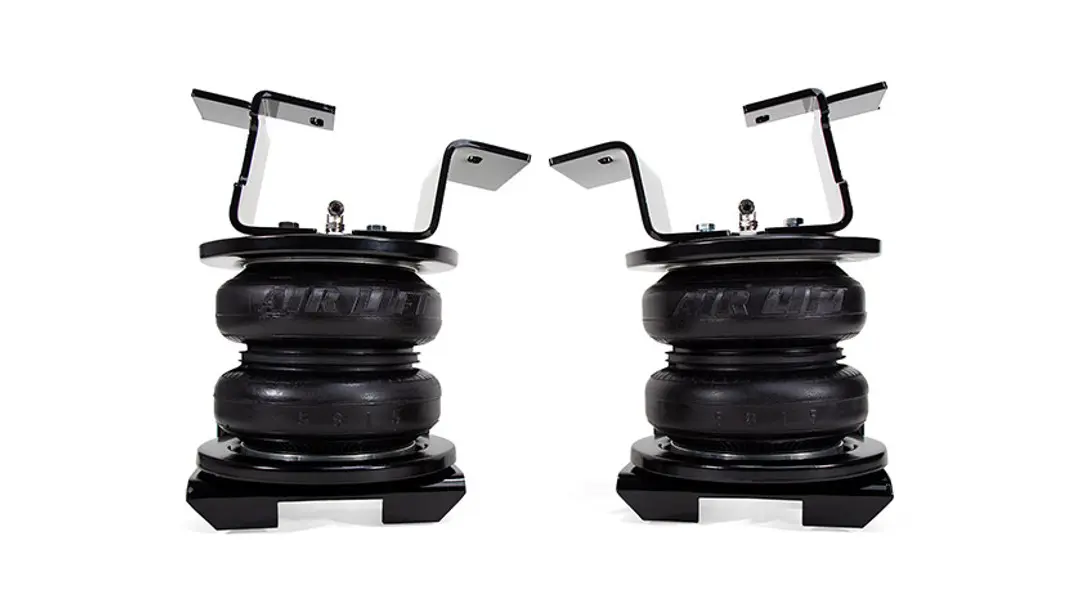

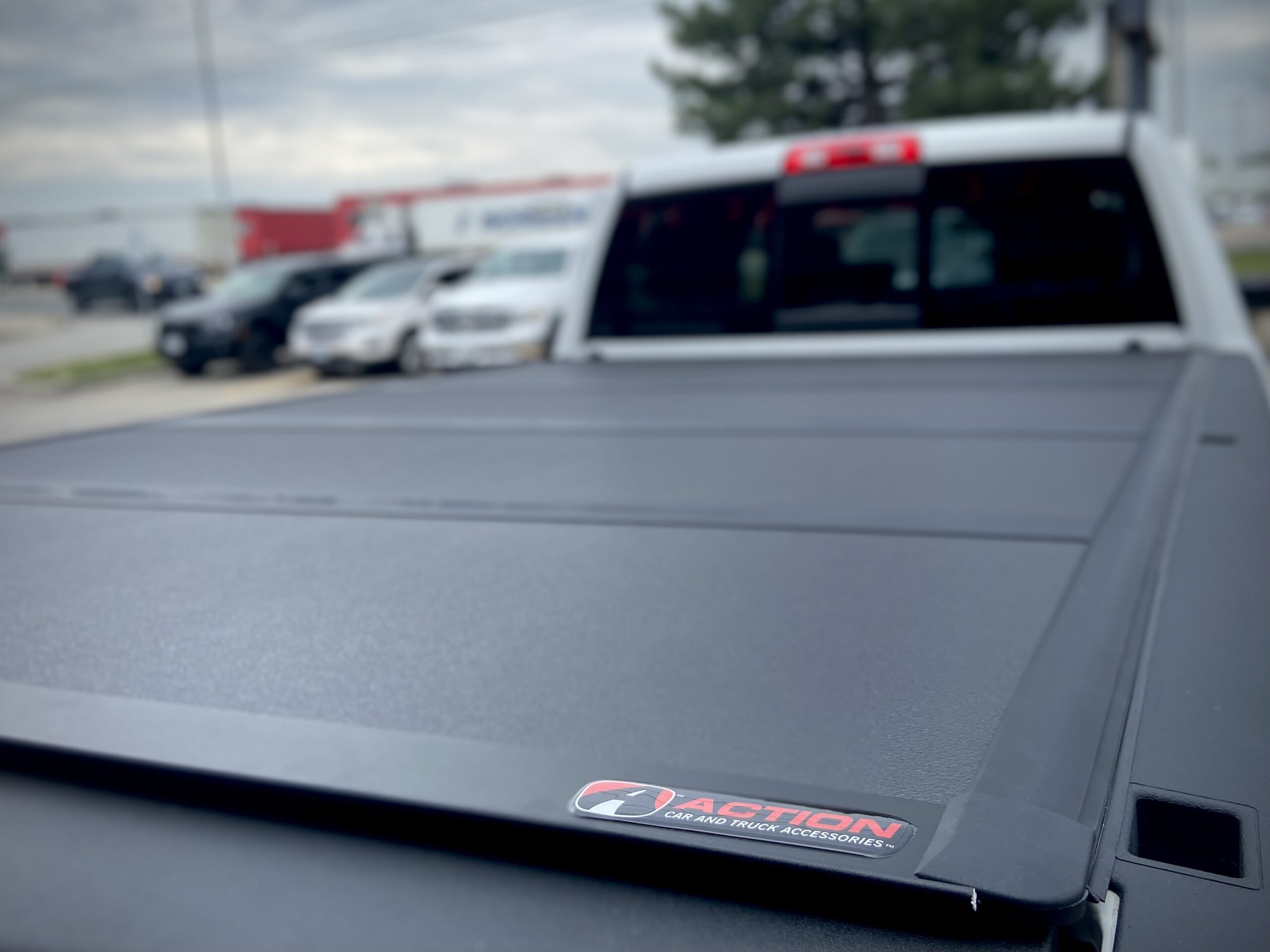









































































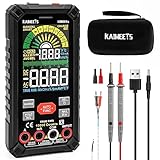





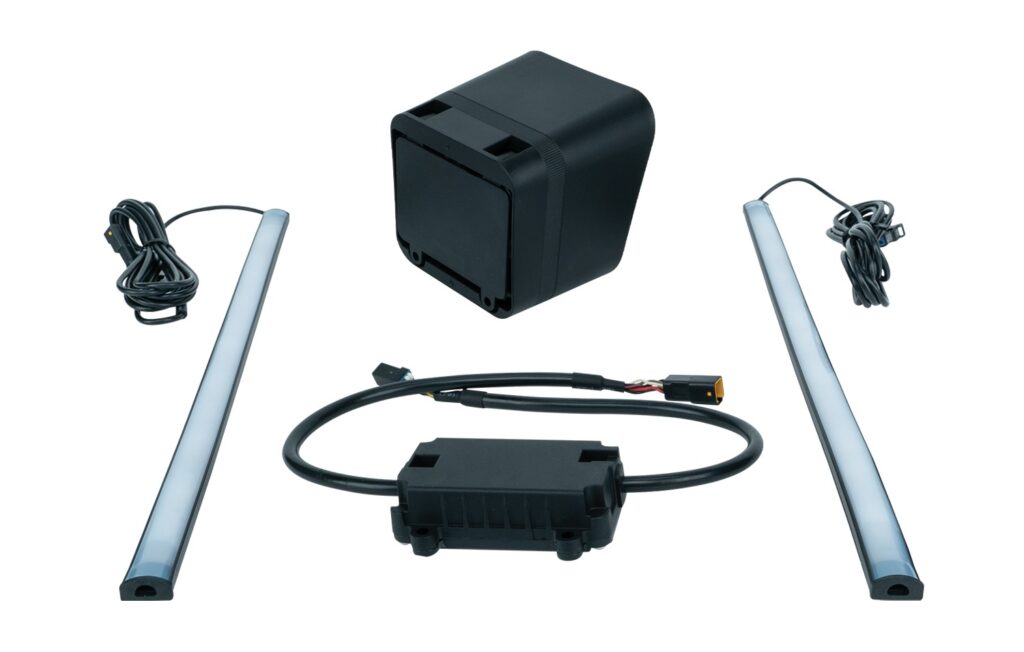
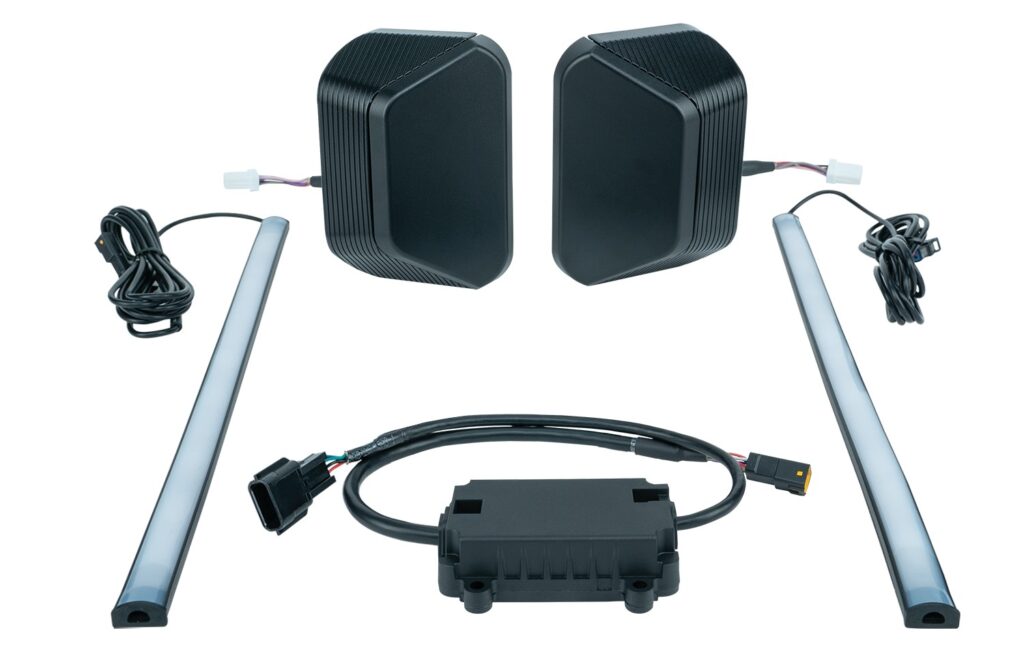
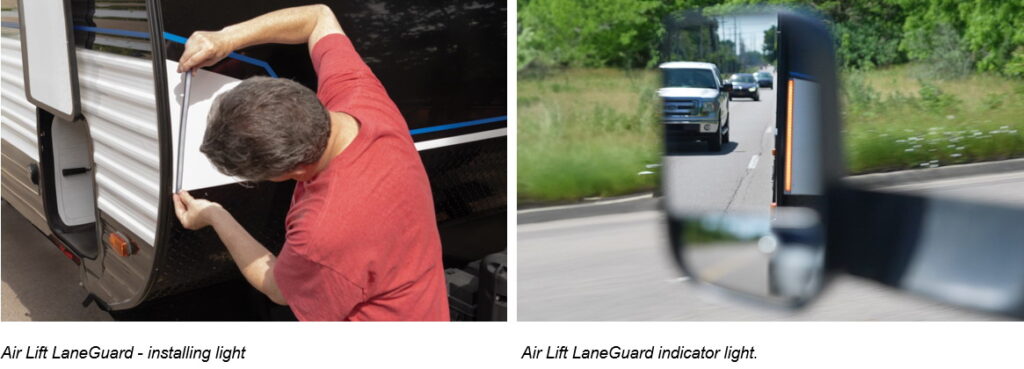
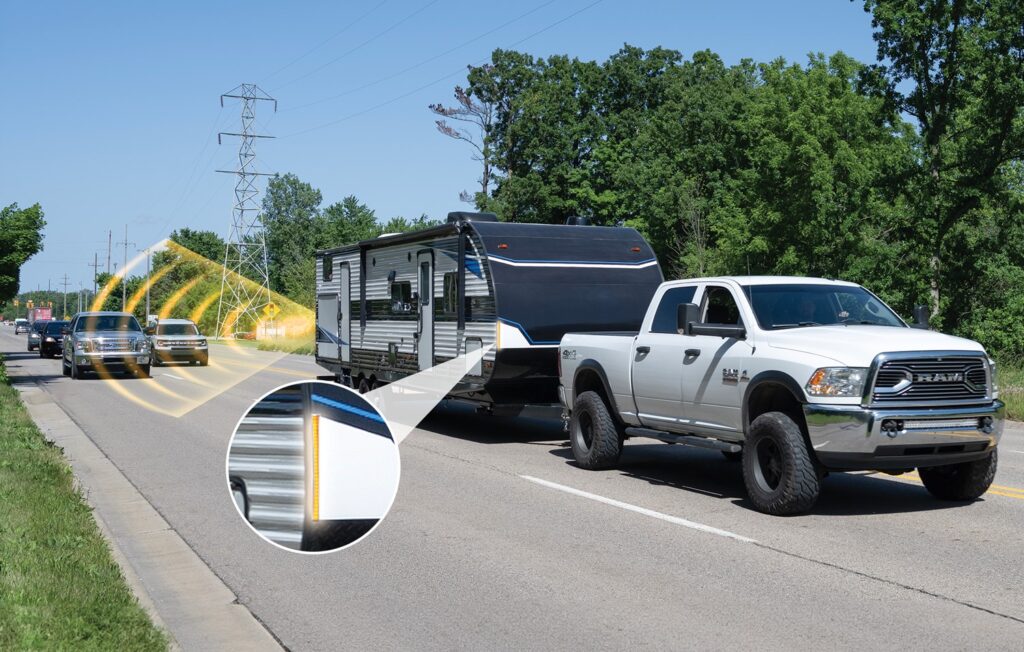

















































































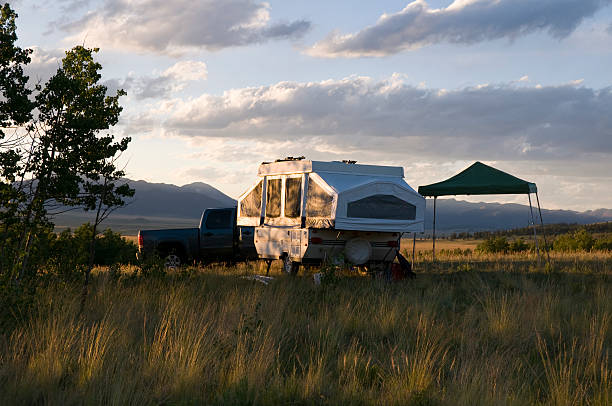
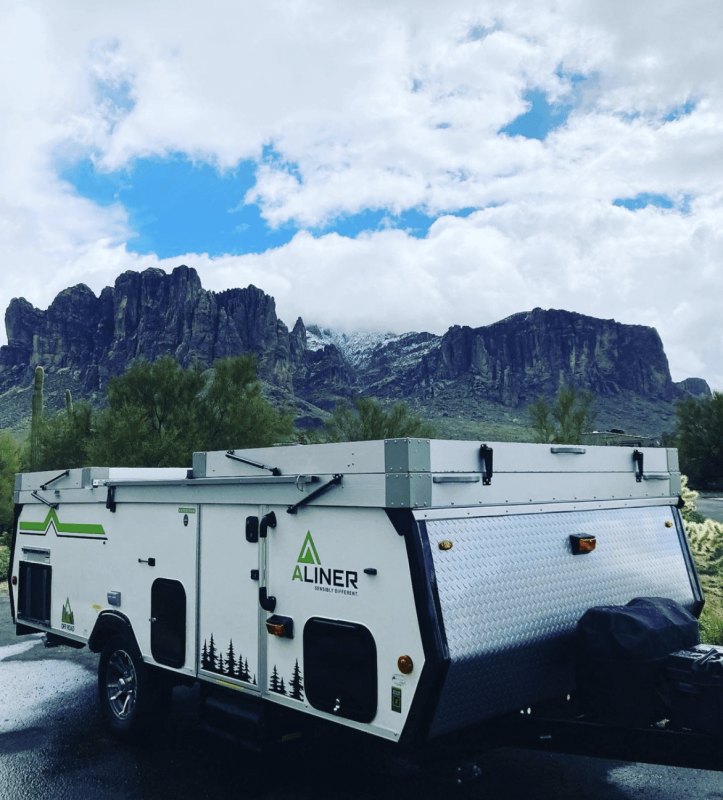
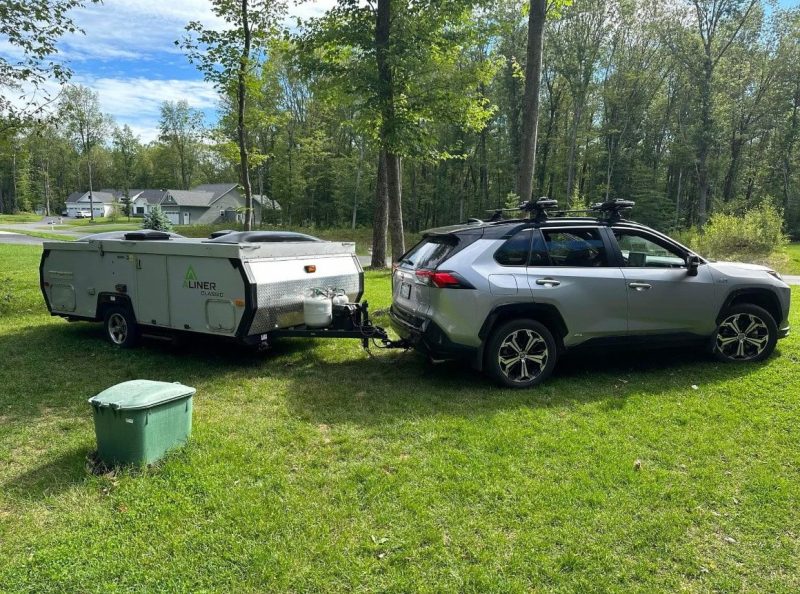
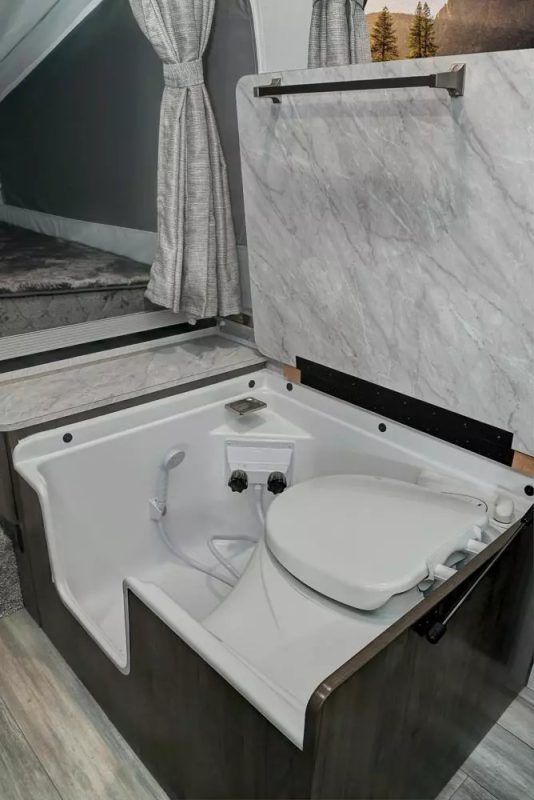
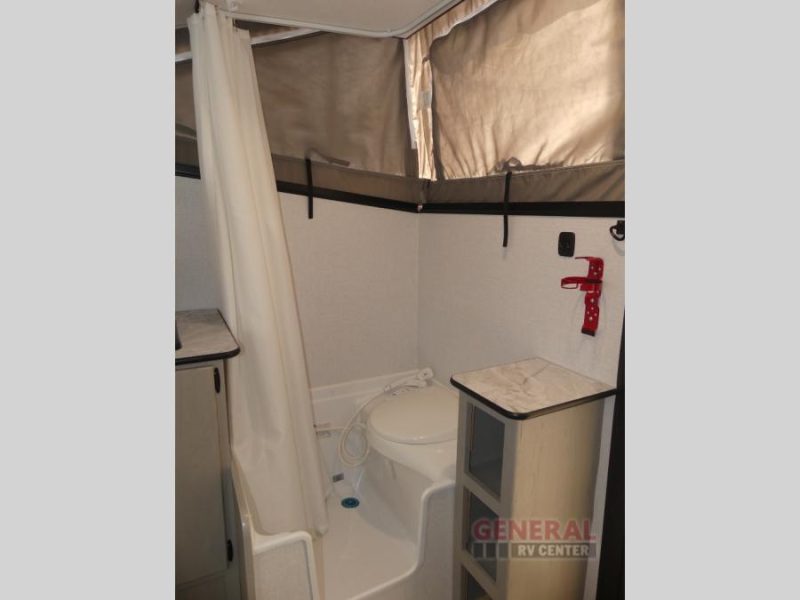
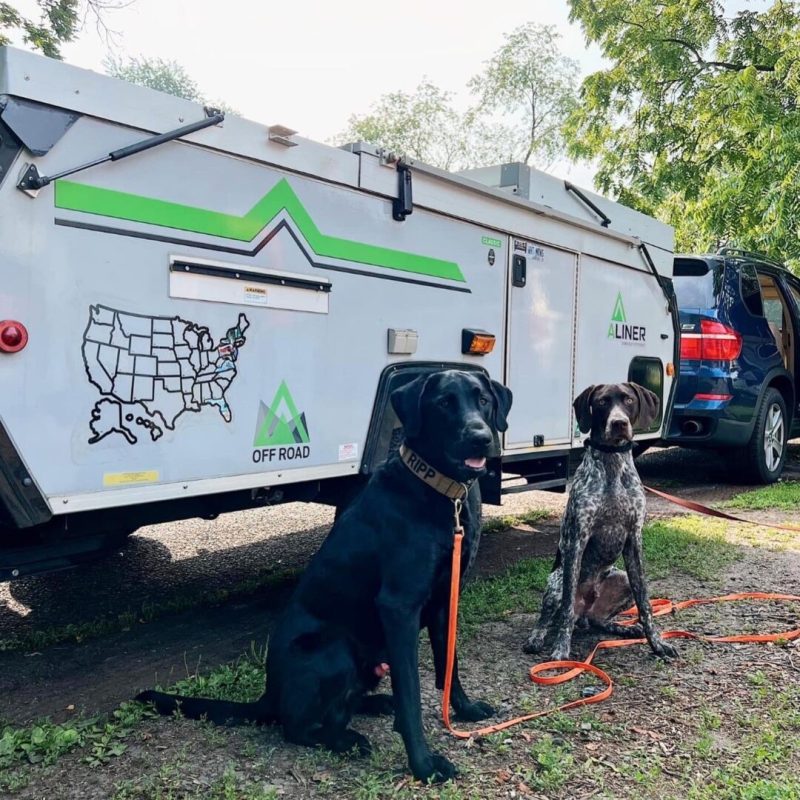
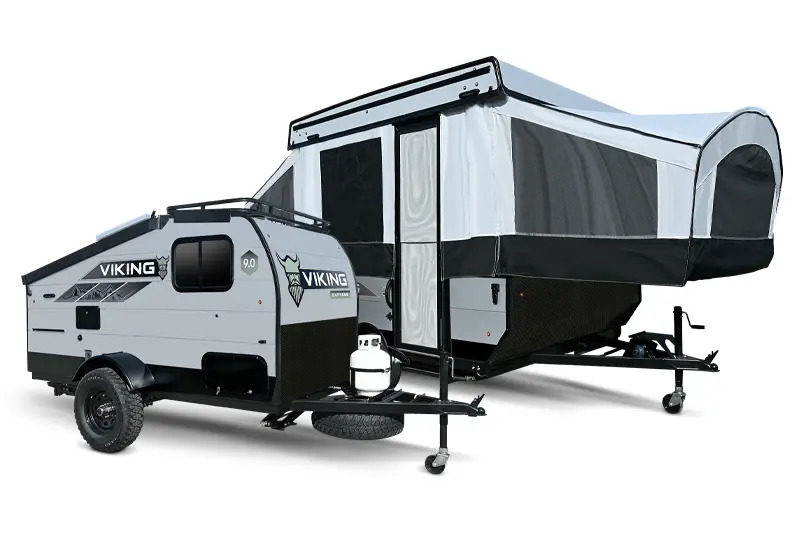
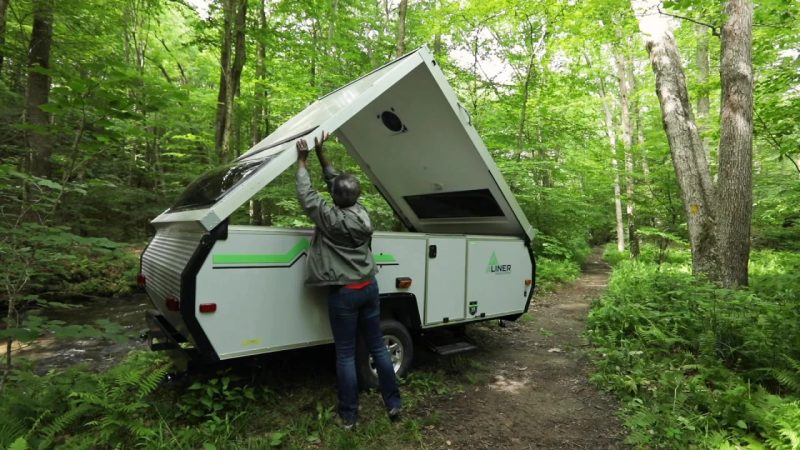











 Specifications
Specifications






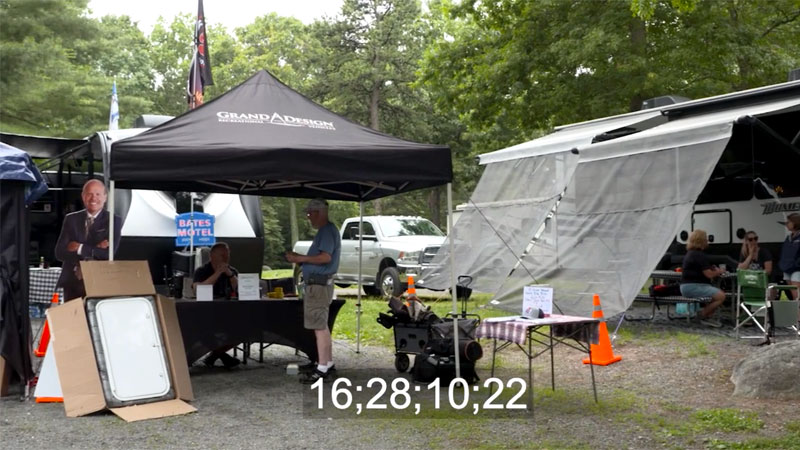
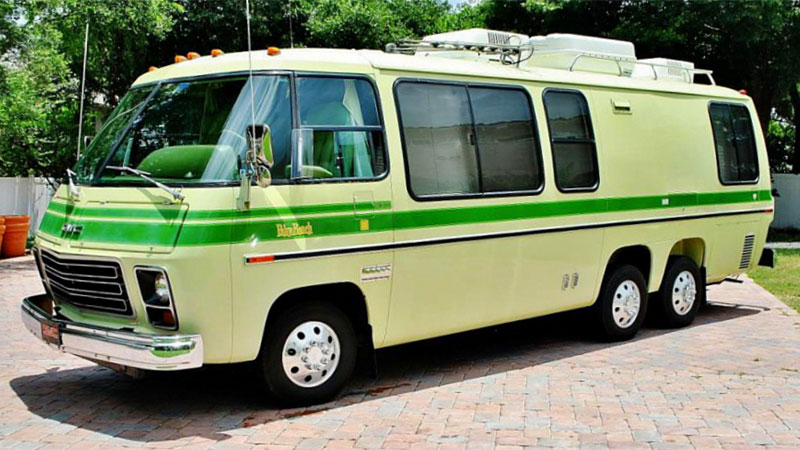







































































































 We have another brand portable refrigerator freezer that is very large that we use for our long trips mounted on a slide-out tray in our lower 5th wheel storage bay. But for our outdoor activities, this refrigerator isn’t practical. It’s to large and too heavy especially when we are needing to walk long distances from our truck to wherever the outdoor activity is held.
We have another brand portable refrigerator freezer that is very large that we use for our long trips mounted on a slide-out tray in our lower 5th wheel storage bay. But for our outdoor activities, this refrigerator isn’t practical. It’s to large and too heavy especially when we are needing to walk long distances from our truck to wherever the outdoor activity is held. Our plans are use the ICECO JP50 Pro for 8 or more hours of outdoor activities. We also received the ICECO 250Wh Magnetic Lithium Battery Power Station. This small and lightweight power station was perfect for a day at the beach. After 9 hours with the fridge set to cool at 37°F and opened frequently, we still had 48% of power remaining at the end of the day.
Our plans are use the ICECO JP50 Pro for 8 or more hours of outdoor activities. We also received the ICECO 250Wh Magnetic Lithium Battery Power Station. This small and lightweight power station was perfect for a day at the beach. After 9 hours with the fridge set to cool at 37°F and opened frequently, we still had 48% of power remaining at the end of the day.





















































































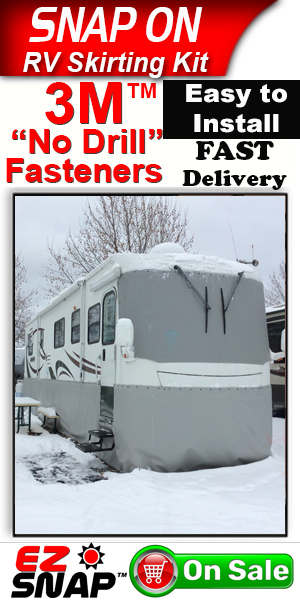
Leave a Reply